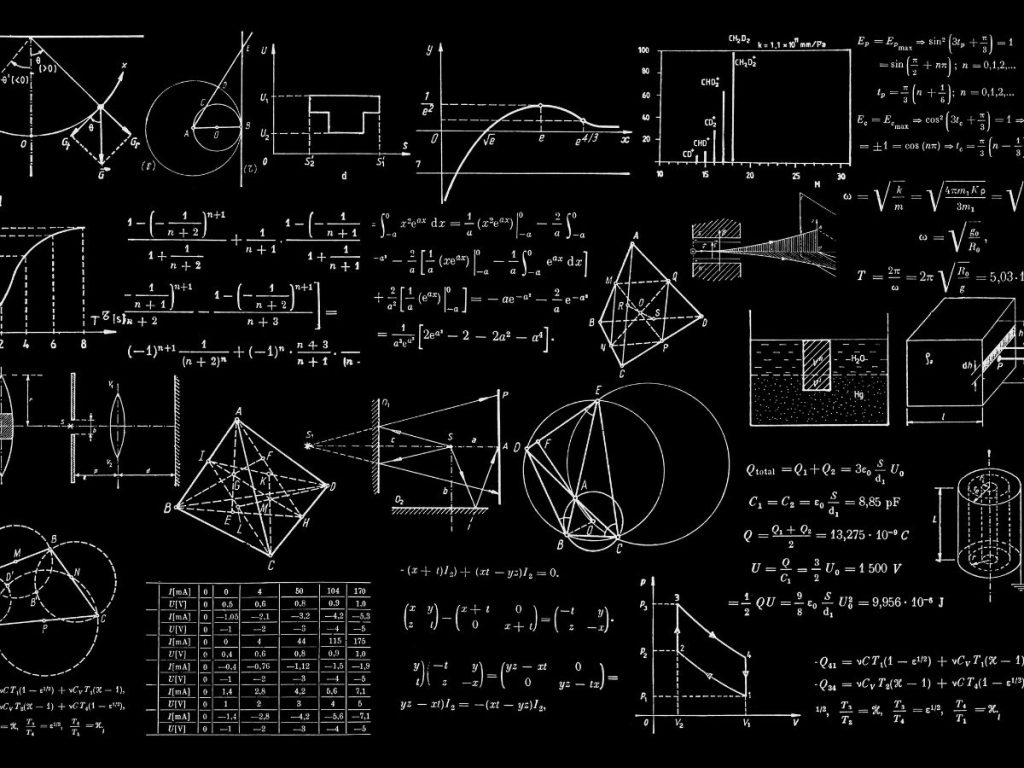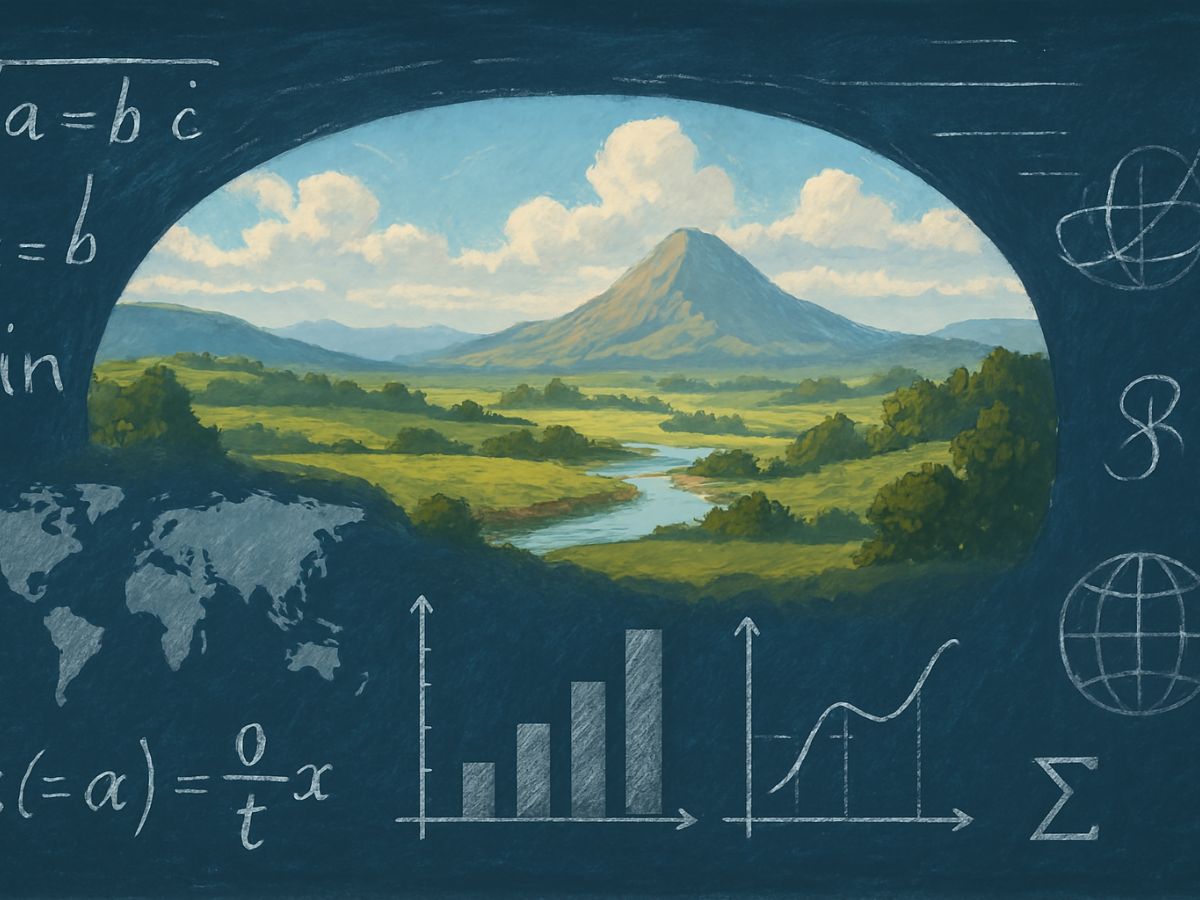Mathematics is often considered a universal language, a tool that helps us decipher the complexities of the world around us. From the intricate patterns found in nature to the algorithms that power our digital age, math is deeply embedded in everything we experience. Understanding math allows us to make sense of our surroundings, predict future trends, and solve real-world problems with precision and logic. In this blog, we will explore how math shapes our world and why its importance extends beyond the classroom.
The Universal Language of Numbers
One of the most fascinating aspects of math is its universality. No matter where you go in the world, mathematical principles remain the same. The laws of physics, engineering equations, and financial models all rely on the consistency of numbers. A mathematical formula written in one language can be understood by someone across the globe, making math a powerful bridge between cultures and disciplines.
For instance, the Fibonacci sequence, a series of numbers where each number is the sum of the two preceding ones, appears in nature across different species and environments. From the spirals of galaxies to the arrangement of leaves on a stem, this mathematical pattern reveals the underlying order in our seemingly chaotic universe.
Also Read: Top 3 Summer Destinations in India
Math in Nature: The Hidden Patterns

Nature is filled with mathematical wonders. Consider the symmetry of a snowflake, the spirals of a seashell, or the hexagonal structure of a beehive. These patterns are governed by mathematical rules that scientists and mathematicians have studied for centuries.
One of the most famous mathematical constants, Pi (π), plays a crucial role in understanding circles and their properties. Whether you are calculating the orbits of planets or designing a bicycle wheel, Pi is an indispensable part of the equation. Similarly, the golden ratio (approximately 1.618) appears in everything from flower petals to famous architectural designs, highlighting the mathematical harmony present in both art and nature.
Math in Everyday Life
You might not realize it, but you use math every day. From checking the time to calculating discounts while shopping, math is an essential part of daily decision-making. When you measure ingredients while cooking, track your expenses, or plan a trip using a GPS, you rely on mathematical calculations.
Mathematics is also fundamental in technology. Algorithms—the backbone of search engines, social media platforms, and online transactions—are mathematical formulas designed to process and analyze vast amounts of data. Even the streaming services we use to watch movies rely on complex mathematical models to suggest content based on our preferences.
Math in Science and Engineering
Science and engineering are built on mathematical foundations. In physics, equations help us understand forces, energy, and motion. In chemistry, mathematical ratios determine how substances react with one another. Engineers use calculus and geometry to design everything from skyscrapers to bridges, ensuring structures are safe and efficient.
Astronomy relies heavily on mathematics to chart the movements of celestial bodies, predict eclipses, and explore the vastness of the universe. Without mathematical models, we wouldn’t have landed on the moon or sent rovers to Mars. Math enables scientists to make accurate predictions about the world and beyond.
The Role of Math in Finance and Economics

Money and numbers go hand in hand. Whether it’s budgeting, investing, or understanding interest rates, math plays a crucial role in financial decision-making. Businesses use mathematical models to forecast sales, manage risks, and optimize profits. Even governments rely on statistical and economic models to shape policies and predict economic trends.
Stock markets, for example, operate on mathematical principles that determine fluctuations in prices and market trends. Traders and investors use complex mathematical tools to analyze data, assess risks, and make informed decisions that can yield substantial profits or losses.
The Power of Mathematical Thinking
Beyond its practical applications, math develops critical thinking and problem-solving skills. Learning how to break down complex problems into manageable steps, recognize patterns, and analyze data improves logical reasoning. These skills are valuable not only in scientific fields but also in business, healthcare, and even creative industries.
Mathematical thinking encourages precision and accuracy, qualities that are essential in professions such as medicine, law, and architecture. The ability to think logically and approach problems systematically benefits individuals in all walks of life, making math a crucial skill for personal and professional success.
Conclusion
Mathematics is more than just numbers and equations—it is a fundamental force that shapes our understanding of the world. From nature’s intricate designs to technological advancements, math is everywhere. It helps us navigate daily life, drives innovation, and fosters critical thinking. By embracing the power of mathematics, we gain a deeper appreciation for the universe and its wonders. Whether you are solving a simple arithmetic problem or exploring the vast cosmos, math remains an essential tool for making sense of the world around us.





